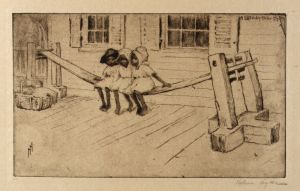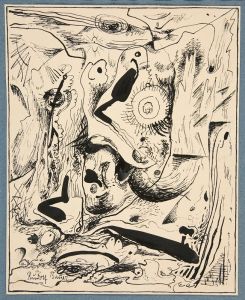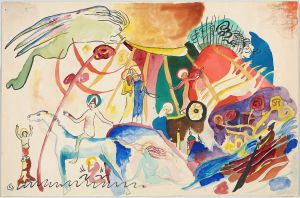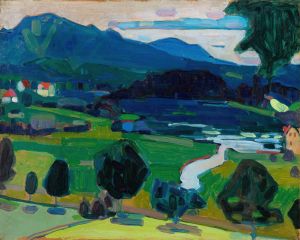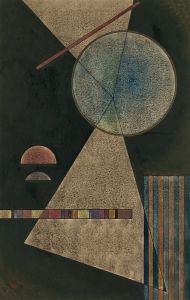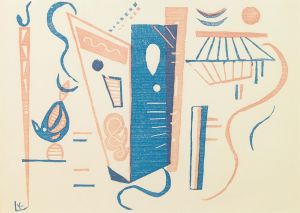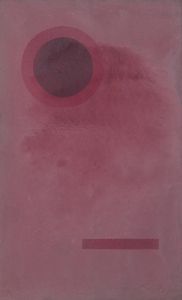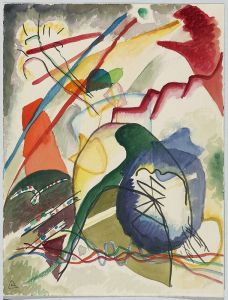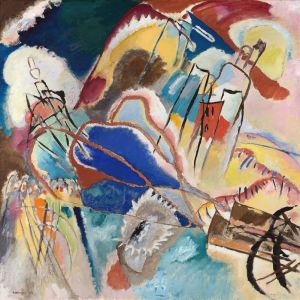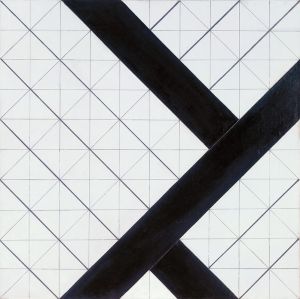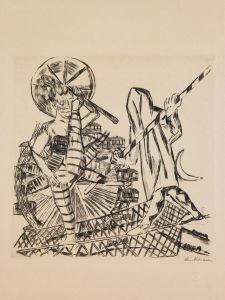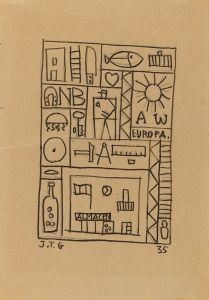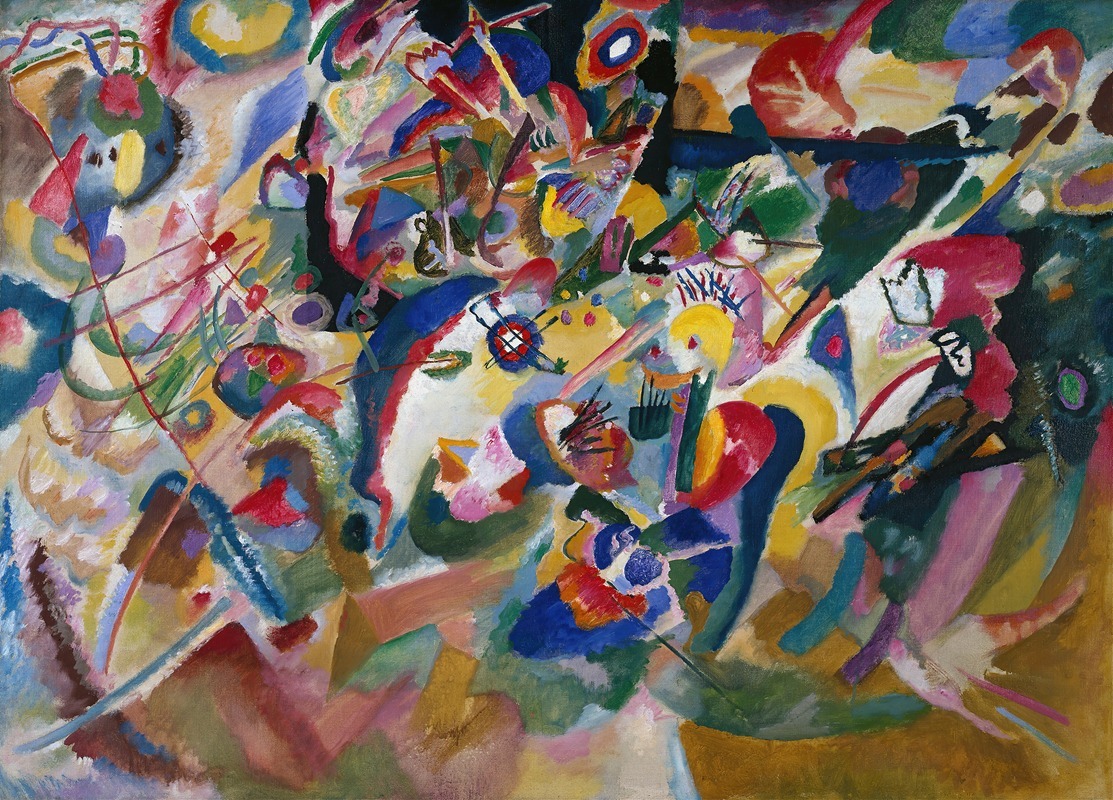
Entwurf 3 zu ‘Komposition VII’
A hand-painted replica of Wassily Kandinsky’s masterpiece Entwurf 3 zu ‘Komposition VII’, meticulously crafted by professional artists to capture the true essence of the original. Each piece is created with museum-quality canvas and rare mineral pigments, carefully painted by experienced artists with delicate brushstrokes and rich, layered colors to perfectly recreate the texture of the original artwork. Unlike machine-printed reproductions, this hand-painted version brings the painting to life, infused with the artist’s emotions and skill in every stroke. Whether for personal collection or home decoration, it instantly elevates the artistic atmosphere of any space.
Wassily Kandinsky, a pioneer of abstract art, created "Entwurf 3 zu ‘Komposition VII’" as part of his preparatory work for his monumental painting "Composition VII" in 1913. This artwork is one of several sketches and studies Kandinsky produced to develop the complex composition and dynamic interplay of forms and colors that define the final piece. "Entwurf 3" translates to "Draft 3," indicating its role as a preliminary stage in the creative process.
Kandinsky's "Composition VII" is widely regarded as one of his most significant works, representing the culmination of his exploration of abstraction and his theories on the spiritual and emotional power of art. The preparatory studies, including "Entwurf 3," provide valuable insight into Kandinsky's meticulous approach to composition and his evolving artistic vision. These drafts allowed him to experiment with the arrangement of shapes, lines, and colors, which he believed could evoke profound emotional responses in viewers.
"Entwurf 3" showcases Kandinsky's characteristic use of bold, dynamic forms and vibrant colors. The work reflects his interest in synesthesia, the idea that different sensory experiences, such as sound and color, can be interconnected. Kandinsky often described his paintings in musical terms, and he viewed his compositions as visual symphonies. The preparatory sketches for "Composition VII," including "Entwurf 3," reveal his effort to harmonize these elements into a cohesive and expressive whole.
The creation of "Entwurf 3" and the subsequent "Composition VII" occurred during a period of significant artistic innovation and experimentation in Kandinsky's career. By 1913, he was deeply involved with the Blue Rider (Der Blaue Reiter) group, an influential collective of artists based in Munich. The group sought to explore new forms of artistic expression and emphasized the spiritual dimension of art. Kandinsky's work during this time was heavily influenced by his theoretical writings, particularly his 1911 treatise "Concerning the Spiritual in Art," in which he articulated his belief in the transformative power of abstract art.
Today, "Entwurf 3 zu ‘Komposition VII’" is recognized as an important step in Kandinsky's creative process, offering a glimpse into the development of one of his most celebrated masterpieces. While the final "Composition VII" is housed in the Tretyakov Gallery in Moscow, the location of "Entwurf 3" may vary, as preparatory works are often part of private collections or museum archives. This draft remains a testament to Kandinsky's innovative approach to art and his enduring influence on the development of abstraction in the 20th century.






